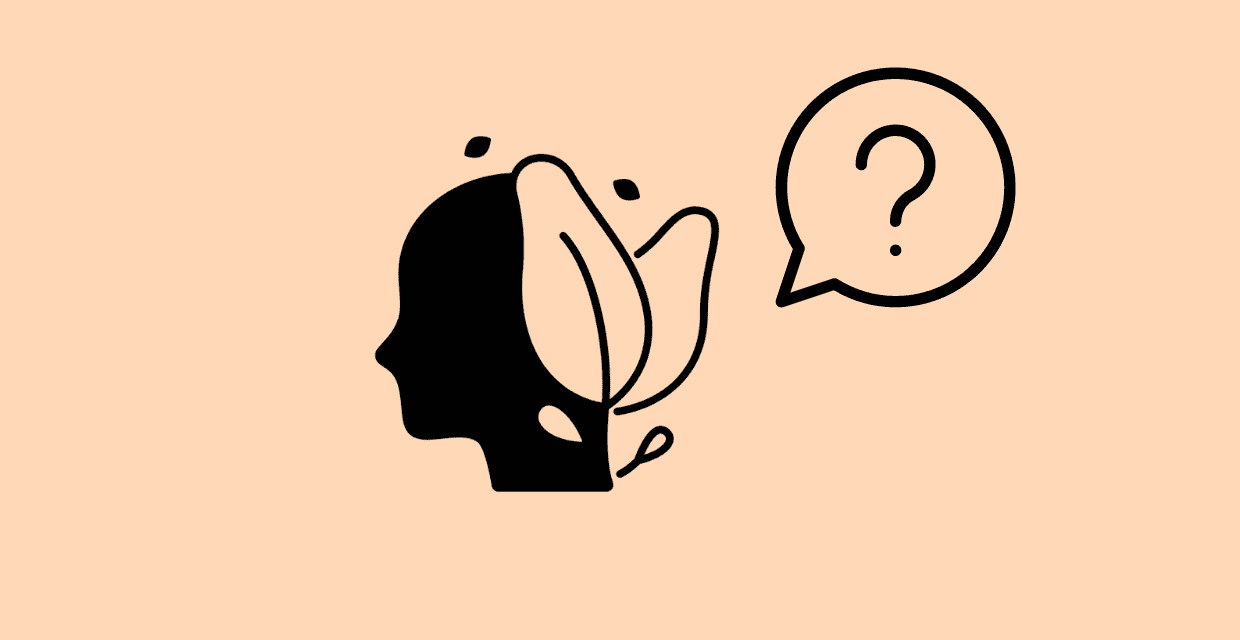
Endometriosis is a condition that affects millions of women (by women, we also include people with uteruses who do not identify as a woman or female) around the world. It is a chronic and often debilitating disorder that can cause a range of symptoms, including painful periods, heavy bleeding, and infertility. Despite the prevalence of endometriosis, it remains a poorly understood condition, and many women who suffer from it are forced to endure years of misdiagnosis and far from good enough treatment.
What are the symptoms?
The severity and type of symptoms can vary widely between people, but some common symptoms of endometriosis include:
1. Painful periods: One of the most common symptoms of endometriosis is painful periods, also known as dysmenorrhea. The pain may be severe and can include cramping, sharp pain, or a dull ache in the lower abdomen, back, or pelvis. The pain may also be accompanied by nausea, vomiting, or diarrhoea.
2. Heavy bleeding: Women with endometriosis may experience heavier-than-normal menstrual bleeding, with blood clots or a prolonged period of bleeding.
3. Pain during sex: Pain during or after sex, known as dyspareunia, can be a symptom of endometriosis. This pain may be felt deep inside the pelvis or in the lower back.
4. Chronic pelvic pain: Women with endometriosis may experience chronic pelvic pain that is not related to their menstrual cycle. This pain may be constant or come and go, and can be felt in the lower abdomen, back, or pelvis.
5. Infertility: Endometriosis can cause scarring and adhesions in the reproductive organs, which can make it difficult or impossible for a woman to conceive.
6. Gastrointestinal symptoms: Some women with endometriosis may experience gastrointestinal symptoms such as bloating, constipation, diarrhoea, or nausea.
One of the main struggles of endometriosis is the pain that it causes. Women with endometriosis often experience severe pain during their periods, which can make it difficult to carry out normal activities. This pain can also be accompanied by nausea, vomiting, and fatigue, making it even more challenging to cope with.
As a consequence, the impact endometriosis has on women’s mental health is unquestionable. Studies show a clear increase in stress and experiences of anxiety and depression [1]. Which makes it even more brutal that it can take on average 10 years before receiving a diagnosis [2].
In my own clinical practice, often these presentations are at the surface. Underneath, we have poor sleep, inability to focus and work, fatigue, social isolation, anxieties around fertility, increased automatic negative thoughts, problems with sex due to pain and discomfort, impacts on personal relationships, challenges with body image and, in the worse cases, suicidal thoughts. For some, endometriosis can be hell.
The torment and turmoil of endometriosis are of a cyclical nature.
Endometriosis causes chronic pelvic pain > which causes increased stress and adrenergic output > which causes endometriosis to flare up, even more,> which causes increased stress, anxiety and so on. It goes round and round.
How can therapy help?
It’s important to remember that a holistic approach to endometriosis is essential and often a mix of treatments is needed. Consult with your GP, and take a detailed log of symptoms and their impact on your life when you go for an appointment.
Therapy, fundamentally, supports with the impact on mental health: stress management, and support with anxiety and depression. It’s not going to solve the endometriosis, but it can directly support you with your relationship to the stress that’s caused by it. Which can in turn reduce pain.
Talking therapies can be helpful, but I would also recommend creative (Art, Movement, Drama) and body-oriented* psychotherapies. Words sometimes aren’t enough.
Just using thought change-based methods of therapy, aren’t sufficient for changing the felt experience we have about ourselves, our chronic pain, because we’re trying to go top down. And it’s like fighting a stream of neurological information that’s actually moving bottom up (from the body to the brain).
*Body-oriented psychotherapies (a branch of somatic psychology) is based on the concept that people experience the world not only through their thoughts and emotions but also simultaneously through their bodies.
If you’re a business, download our free Endometriosis support policy.
[1] https://www.ncbi.nlm.nih.gov/pmc/articles/PMC5440042/
[2] https://www.everydayhealth.com/hs/womens-health/endometriosis-diagnosis/
[3] https://academic.oup.com/humrep/article/32/9/1855/4055583



